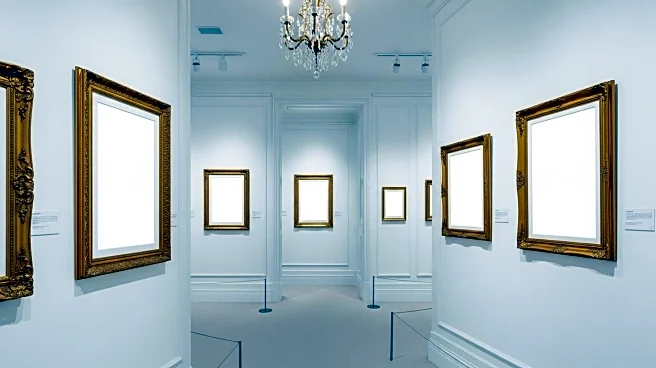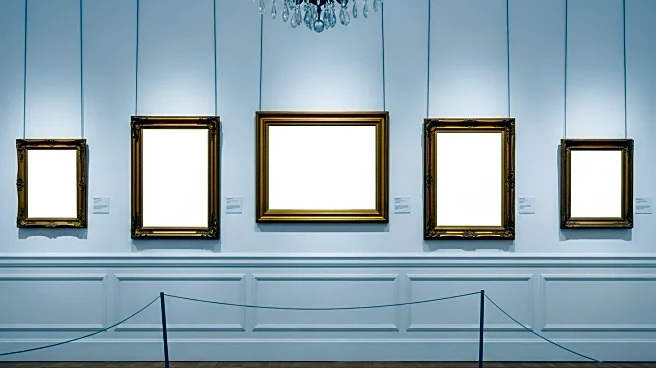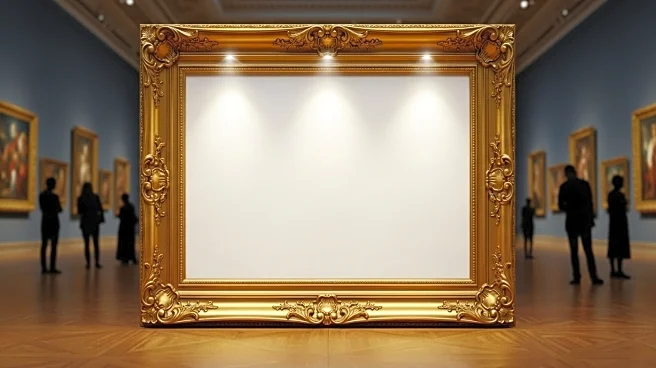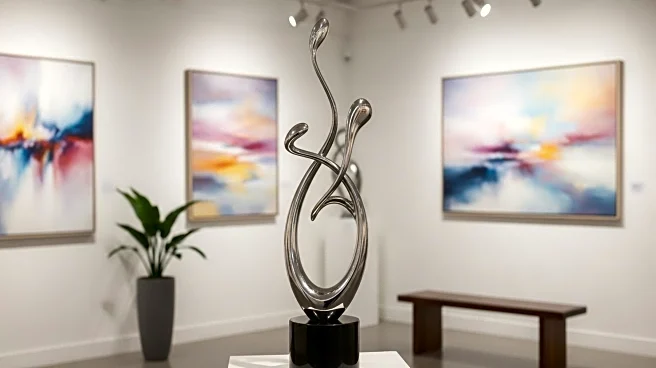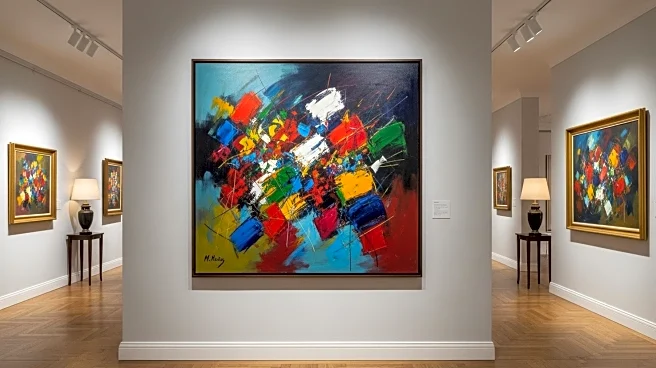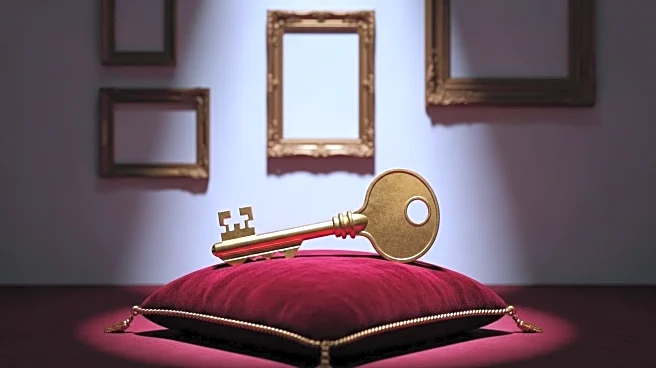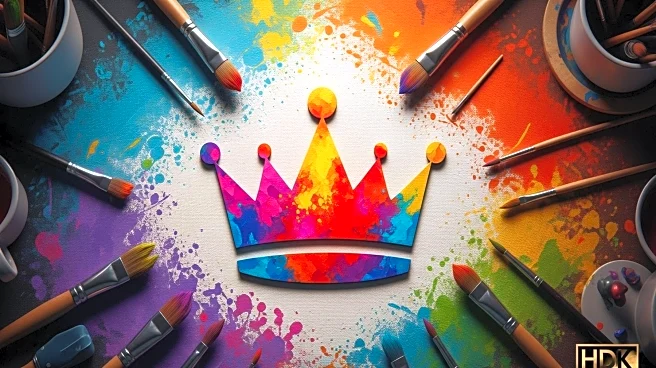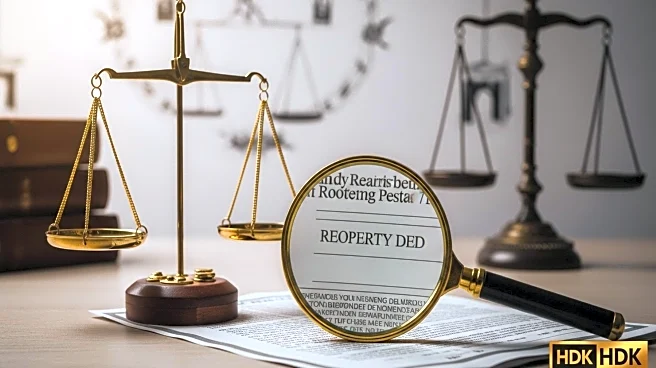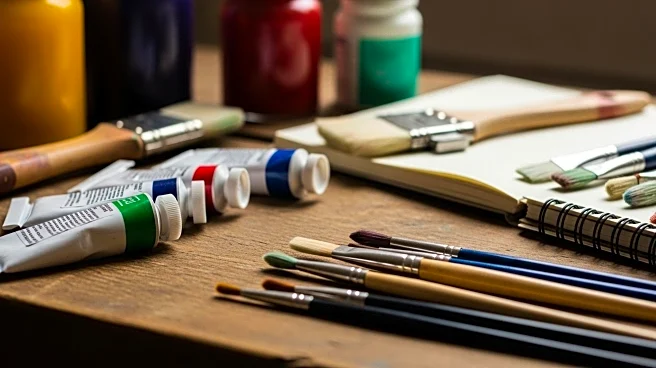What's Happening?
The art world has been rocked by revelations of a significant forgery operation involving art dealer Glafira Rosales. Rosales claimed to have discovered a collection of modern masterpieces, allegedly sourced from a mysterious 'Mr. X Junior,' whose father supposedly amassed the works through a secretive relationship. However, the truth emerged that Pei-Shen Qian, an immigrant residing in Queens, was unknowingly painting these abstractions in a garage. This case has led to the closure of New York's oldest art gallery and has highlighted the vulnerabilities within the art market, where even seasoned experts can be deceived by well-crafted forgeries.
Why It's Important?
This case underscores the pervasive issue of art fraud, which can have significant financial implications for collectors, galleries, and museums. The exposure of such frauds can lead to a loss of trust in the art market, affecting the valuation and sale of genuine artworks. Collectors and institutions may face financial losses, and the reputations of involved parties can be severely damaged. The case also raises questions about the effectiveness of current authentication processes and the need for more rigorous verification methods to prevent similar incidents in the future.
What's Next?
The art community is likely to see increased scrutiny and demand for transparency in the provenance of artworks. Galleries and collectors may invest in advanced technologies and methodologies to authenticate art pieces more reliably. Legal actions could be pursued against those involved in the fraud, and there may be calls for regulatory changes to protect the integrity of the art market. Additionally, the case may prompt discussions on ethical practices within the art dealing industry and the responsibilities of dealers in ensuring the authenticity of the works they sell.
Beyond the Headlines
The case highlights the ethical dilemmas faced by artists and dealers in the art world. It raises questions about the motivations behind art forgery, whether for financial gain, personal recognition, or to challenge the art market's status quo. The story also touches on the cultural impact of art fraud, as it can alter the perceived value and historical significance of artworks. Furthermore, it reflects broader societal issues related to trust and authenticity in an era increasingly dominated by digital and artificial reproductions.
